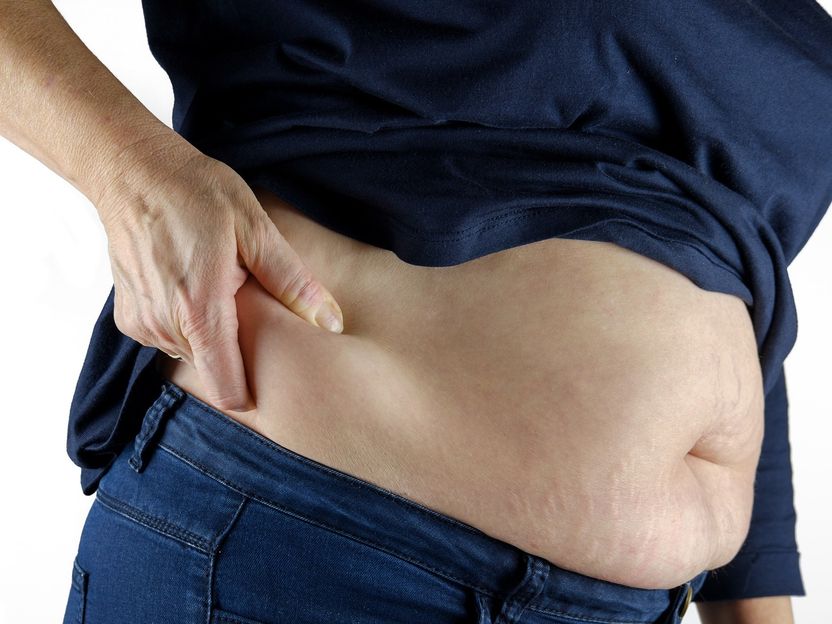Sperm stem cells closer to being like embryonic stem cells
New experiments that prevented rat sperm stem cells from changing permanently into sperm have brought researchers one step closer to coaxing such cells to behave like embryonic stem cells, capable of growing into many other types of cells in the body.
Researchers at the Cecil H. and Ida Green Center for Reproductive Biology Sciences at UT Southwestern Medical Center devised methods to keep male rat germ-line stem cells � sperm precursor cells � from differentiating, or changing, into sperm proper. The researchers also froze the sperm stem cells, thawed them, and transplanted them back into rat testes, where they developed into normal sperm.
Dr. David Garbers, professor of pharmacology, director of the Green Center and senior author of a study appearing in an upcoming issue of the Proceedings of the National Academy of Sciences, said the new work has many potential applications, including a possible alternative to embryonic stem cells, the development of new male contraceptives and new animal models to test stem cell-based therapies. Germ-line cells are those such as egg and sperm and their precursors whose genetic material can be passed to offspring.
"The ability to manipulate male germ-line stem cells and get them to grow and self-renew is a major step," said Dr. Garbers, a Howard Hughes Medical Institute investigator at UT Southwestern.
"We're only one step removed from another major step, the Holy Grail for us certainly, which is pushing these cells back a level to a state that is pluripotent-like, similar to embryonic stem cells. That's what we're focused on now."
Pluripotent cells have the potential to change into many other types of cells in the body, such as liver cells and brain cells. Their potential use in humans to treat diseases like diabetes and Parkinson's is controversial because currently the only source of such cells for research is human embryos or mouse cells. Recently another research team published results showing that mouse male germ stem cells could be made to exhibit pluripotent characteristics, but those findings have yet to be repeated.
Ordinarily, when germ stem cells divide into two cells, one "daughter" cell differentiates to become a sperm while the other remains a stem cell. Until recently, researchers had been unable to keep such germ-line stem cells from differentiating for extended periods of time. In contrast, embryonic stem cells from mice and humans have been kept from differentiating indefinitely.
A research team in Pennsylvania recently reported similar results with rat sperm to those of the UT Southwestern work; however the UT Southwestern team used substantially different techniques for sorting, growing and maintaining their stem cells in culture.
Armed with a long-lived, renewable source of rat sperm stem cells, researchers at UT Southwestern are now working to genetically manipulate those cells. For example, the scientists want to delete specific genes from the sperm stem cells and transplant the cells back into male rats, with the goal of producing "knockout," or genetically altered, animals to study health and behavioral effects related to those missing genes. Knockout mice are often used in research, but they are produced using a different method than the new sperm-cell approach.
"It will be quite valuable to bring this to the rat because it would enable us to generate knockout rats to do genetic studies," said Dr. Kent Hamra, assistant professor of pharmacology at UT Southwestern and lead author of the PNAS study. "It is a larger animal, it's often better for toxicology and physiology studies, and its behavior is more in tune with that of humans in many cases. It's also important to be able to produce pluripotent rat cells, because we would then have another animal model to test stem cell-based therapies, such as correcting diabetes."
One of the next steps is to determine whether human male germ-line stem cells can also be immortalized in culture. Although genetic modification of human sperm is not one of their goals, the researchers say it may be possible someday to correct genetic defects in humans � cystic fibrosis, for example � by identifying and eliminating in culture a man's sperm stem cells that carry the gene.
Dr. Garbers said that a renewable source of cultured sperm stem cells, rat or human, also could be used to test for male-directed contraceptives, and a company is already interested in this possibility.
One of the breakthroughs in this study was developing a new type of medium to grow the cells in, and another was the use of a genetically manipulated "tag" that specifically labeled germ cells with a green fluorescent protein, making the germ cells easier to identify when mixed with other cell types.
"The rat testes contain other cells types in addition to stem cells," Dr. Hamra said. "If these other cells are included in the culture, they produce chemicals that block the ability of the stem cells to remain stem cells. We're still trying to figure out why. But the key is to start with a sample that is 100 percent pure germ cells, which we achieved using the fluorescent marker and other purification methods that are different from those used by other research groups."
Other UT Southwestern researchers involved with the work were Dr. Robert Hammer, professor of biochemistry and in the Green Center, and research technicians Karen Chapman, Derek Nguyen and Ashley Williams-Stephens.





















































